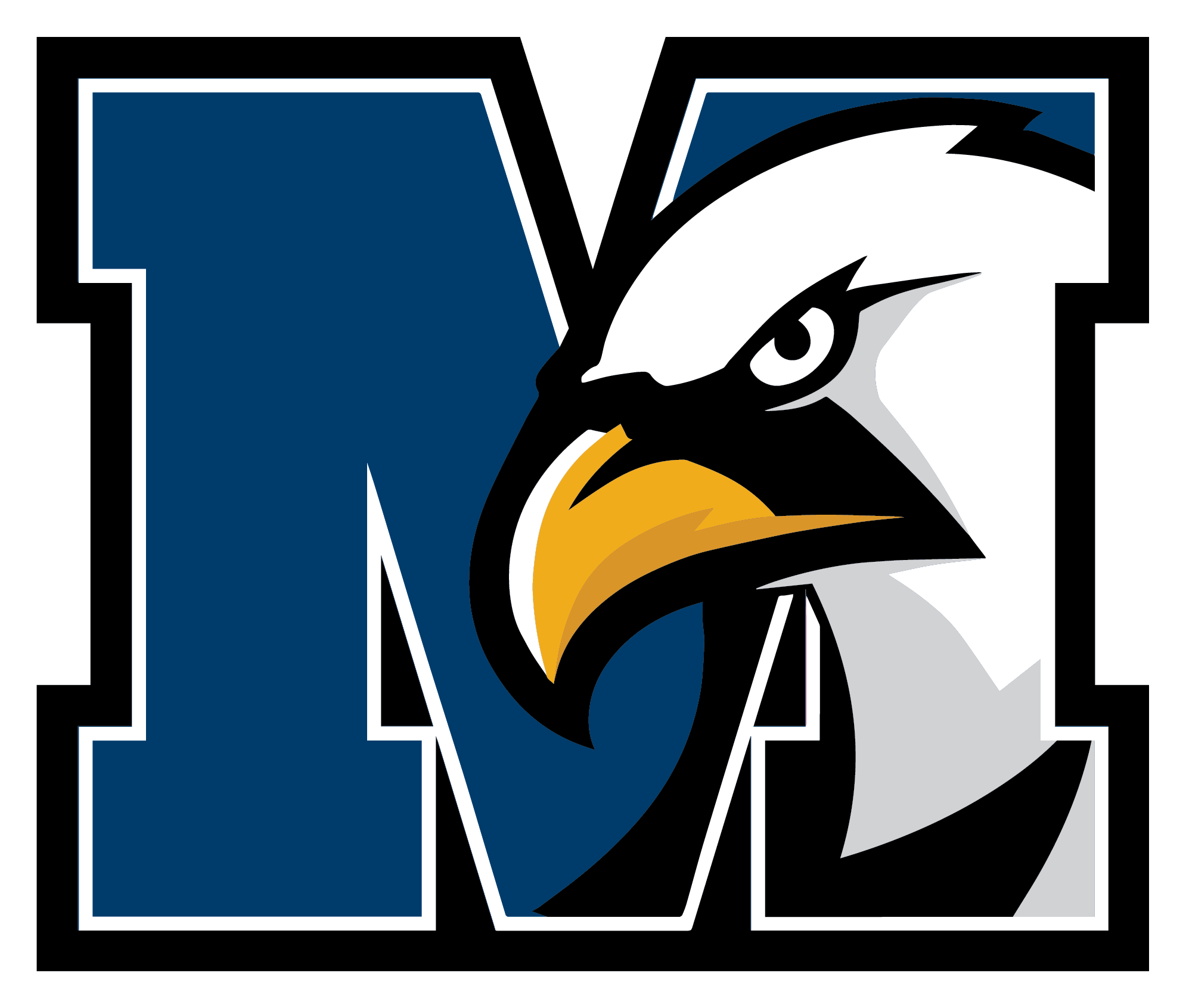About Us
MISSION STATEMENT
To develop flexible, engaged learners and responsible citizens by providing resources through community collaboration.
DISTRICT GOALS
- Minnesota Academic Standards, K-12 Curriculum, & Instruction – To implement and deliver the Minnesota Academic Standards in both basic requirements as well as through articulation in the K-12 curriculum to improve student’s skills in reading, writing, math, and science as shown by increased test scores on MCAIIs, and other standardized tests.
- Technology – To improve technology skills, staff and students shall improve their knowledge and embed technology in daily activities and assignments.
- Communications – To actively develop a set of parameters for effective communication between students, parents, teachers, administrators, school board, and the community.
- Instruction - Teachers will engage in Best Practice Network, where data will be used to drive instructional decisions through the deep implementation of formative assessment.
ELEMENTARY GOALS
- The elementary staff will continue to strive, with the support of the entire school district, to improve students’ skills and scores in all subject areas to either meet or exceed state and federal guidelines.
- The elementary staff will continue to develop, implement and follow a consistent and positive behavior intervention system for all students. This will include an emphasis on building positive character traits, such as making good choices, being honest, being respectful, and being responsible students.
- The elementary staff will continue to improve our school’s communication, instruction, and provide staff development opportunities through the use of Professional Learning Communities.
SECONDARY GOALS
1. The high school staff will continue to communicate and build relationships with students, parents, and the community. This will be identified by:
- Timely feedback for students with weekly grade updates
- Accommodating students with appropriate and timely interventions
- Deficiency reports at mid-quarter and midterm with a plan for improvement
- Parent-teacher conferences
- Teacher to parent personal communication as needed
2. The high school staff will improve the current level of instruction in all academic areas by clarifying essential learner outcomes for each course.
- This will be evident through clear course expectations, appropriate use of technology, rigorous academic tasks, and “research-based best practice” to prepare students for the next level of learning.
3. In serving the whole child, the high school staff will work towards more collaboration and collegiality among staff. This will be identified by:
- Meeting in Professional Learning Communities (PLC) twice a month using the PLC protocol, which focuses on student progress toward proficiency on essential learner outcomes.
- Monthly department and grade-level meetings.
- Monthly staff meetings.

